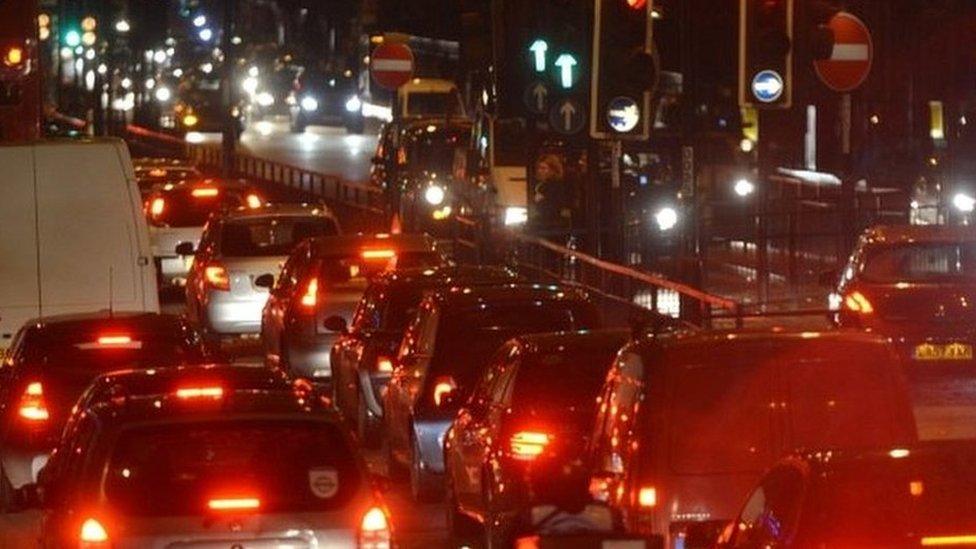Does the mayor's transport strategy mark the end of vehicle dominance in London?
- Published

Sadiq Khan wants to reduce Londoners reliance on cars
City Hall might say Sadiq Khan's first transport strategy is not anti-car but it certainly aims to reduce the dominance of motor vehicles in London.
It is a strategy big on ideas and big on numbers, although as is often the case in these type of documents, there is not much in the way of detail.
But the themes in there are loud and clear.
And the picture, external on page 49 broadly sums up the transport nirvana the mayor is trying to achieve.
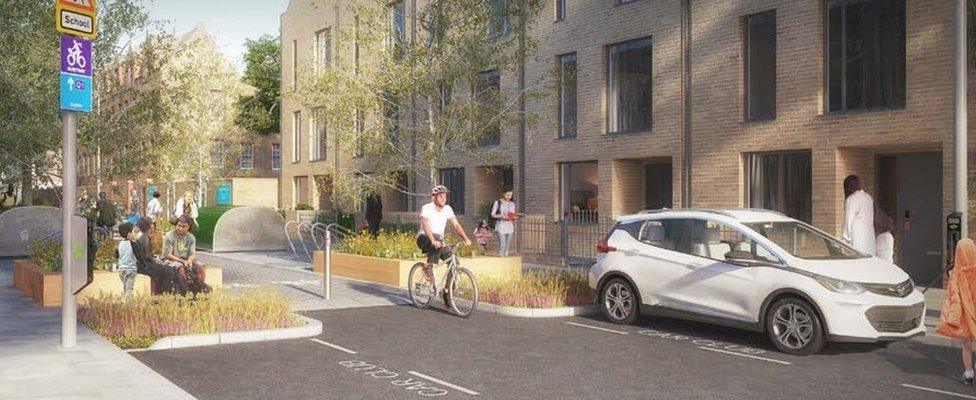
The consultation has images of how London's streets could look
As the mayor's document says: "Londoners need quiet, safe, accessible streets that are not dominated by motorised traffic and that are pleasant for walking, cycling and spending time."
Mr Khan is trying to tackle a growing population and increasing congestion.
It is predicted London's population will grow from 8.7 million today to an estimated 10.5 million in 25 years time.
So the mayor wants to shift emphasis from vehicles to walking, cycling and public transport. He calls it "changing the mix".
This is not a new idea - former mayor Boris Johnson's policies tried to do something similar in his second term.
But Mr Khan's targets seem more ambitious and challenging. He wants to cut car journeys by three million a day.
By 2041, he wants 80% of all Londoners' trips to be made on foot, by bike or on public transport and to do that, he wants to make them more attractive.
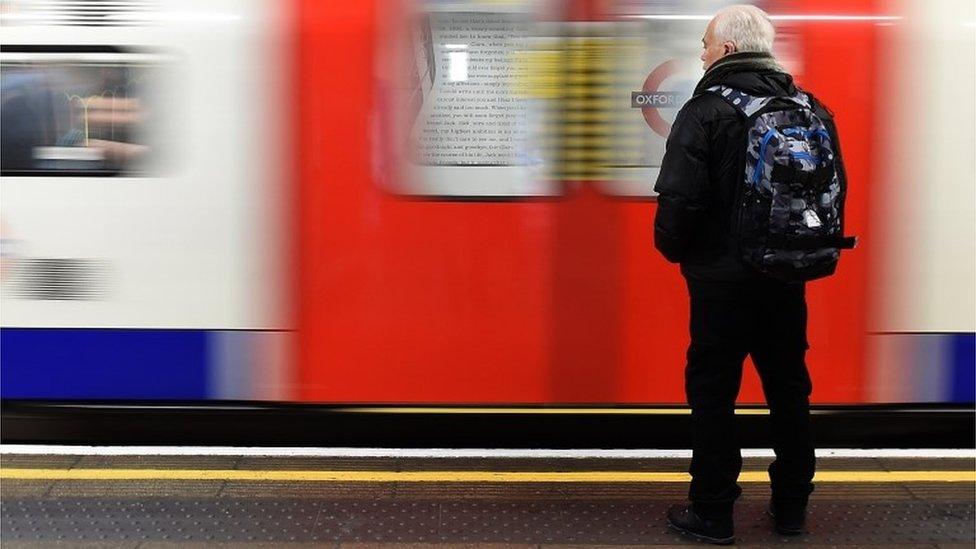
The strategy sets out plans to make public transport more attractive to commuters
There will also be investment in improving public services, and expect more lobbying for Crossrail 2, external.
There are carrots for drivers to leave their cars at home, but there are also sticks.
It will mean more bike lanes and more areas where vehicles are banned.
The strategy says potential vehicle-free zones are "not about being anti-car, but about supporting Londoners in moving around the city without having to rely solely on cars".
It will also become more difficult and expensive to drive certain vehicles in large parts of London.
Polluting vehicles will be charged more with the ultra low emission zone (uLEZ) whose standards will be tightened.
New building developments may not have parking and there could be charges for work parking spaces.
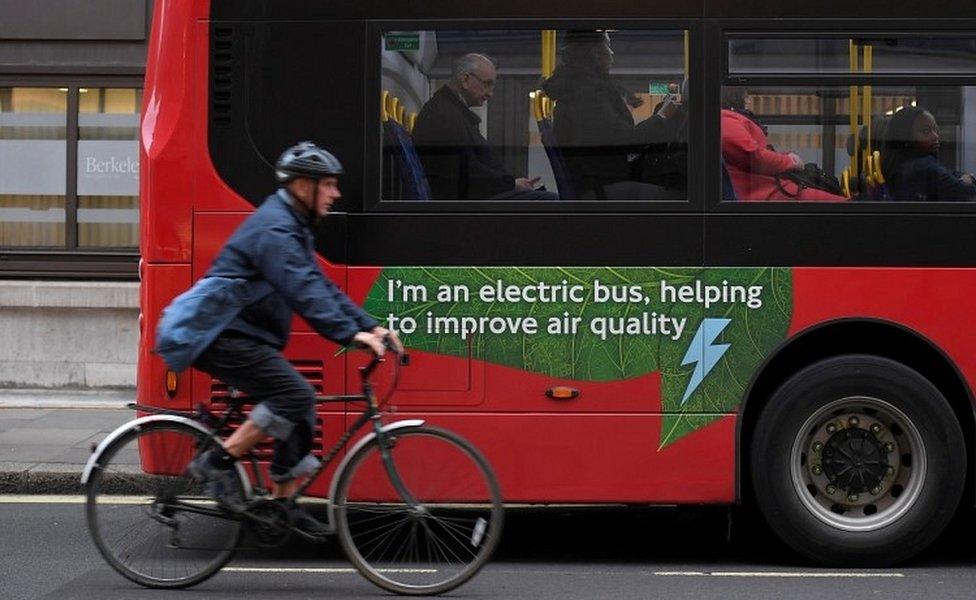
The mayor wants London's entire transport system to be zero emission by 2050
The strategy also calls for all taxis and private hire vehicles to be zero emission capable by 2033, for all buses to be zero emission by 2037, for all new road vehicles driven in London to be zero emission by 2040, and for London's entire transport system to be zero emission by 2050.
The mayor also wants to reduce freight traffic by 10% by 2026.
And he wants to be able to put a cap on minicab (PHV) drivers. There are currently 18,000 different PHV vehicles entering the congestion charging zone each day during charging hours.
Importantly, it also looks like a reform of the congestion charge is on the cards which could mean extending the hours of use or including more vehicles.
And road charging will be considered. That could mean paying different amounts depending on the time of day, distance and how polluting the engine in your car is.
That is very unusual as politicians don't usually like talking about road charging.

The strategy also includes details of road pricing
The details of all of the themes will emerge in the coming years but not surprisingly, even these themes have split opinion.
Tompion Platt, head of policy and communications at Living Streets, said it was "fantastic to see the mayor set a target to reduce our reliance on cars".
"Reducing car use and enabling more Londoners to walk their everyday journeys will improve the health and happiness of everyone living and working in the capital," he added.
But Steve McNamara from the London Taxi Drivers' Association (LTDA) accused the mayor of swerving the main issues.
"This policy will do nothing to relieve congestion or pollution," he said.
"Minicabs should pay the congestion charge and the times should be extended to midnight."
Supporters say this is a bold and radical strategy. Critics say it does nothing to solve London's congestion now.
The public consultation, external will be open until 2 October 2017.
- Published17 February 2017
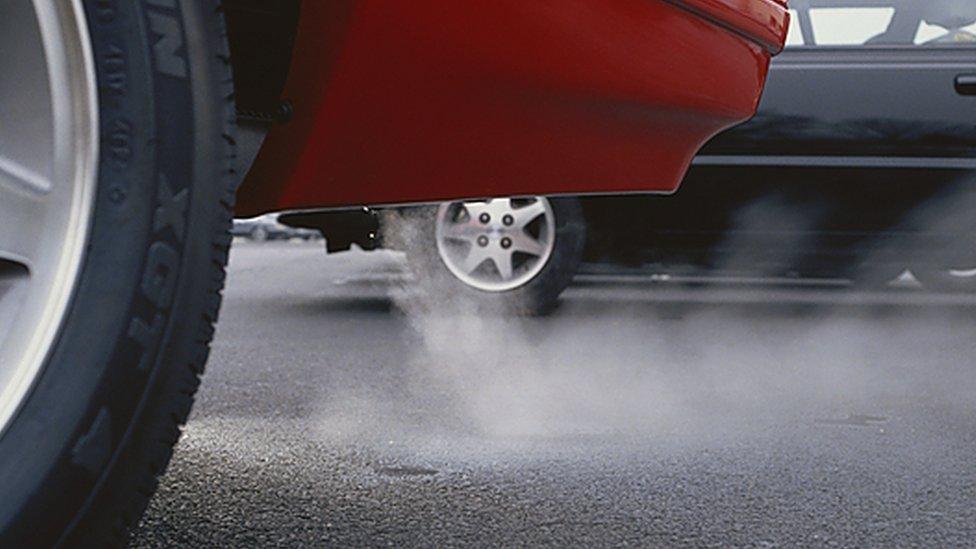
- Published9 March 2017
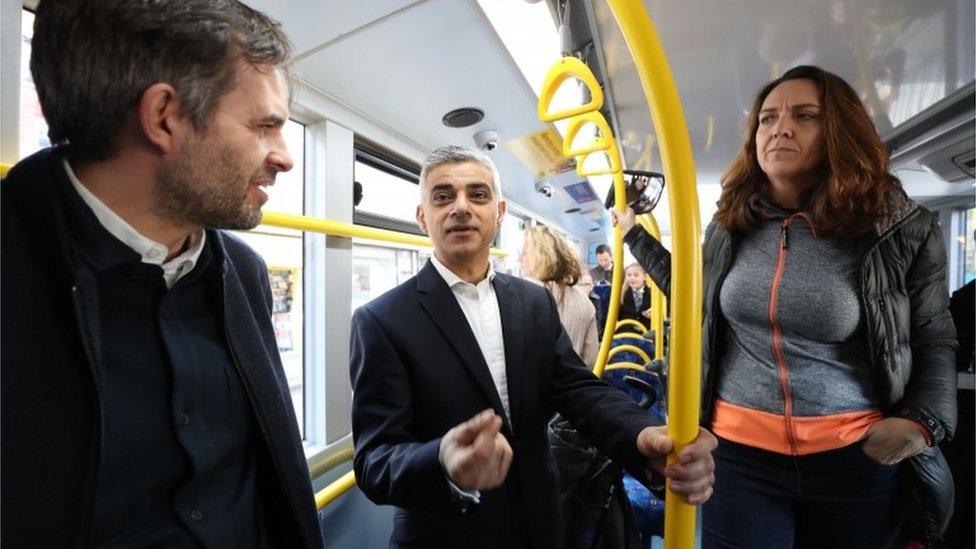
- Published4 April 2017
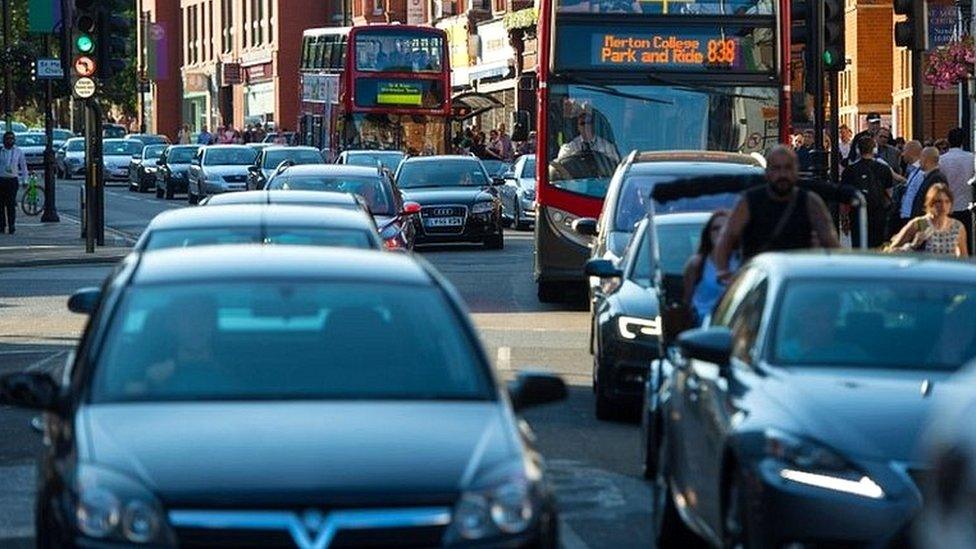
- Published19 January 2017
